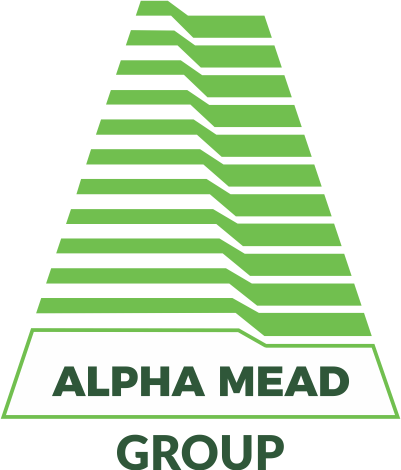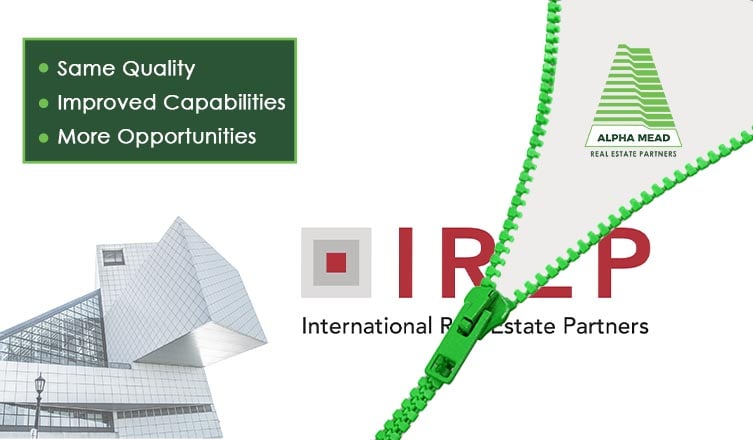
Availability of Critical Facilities is one of the most important Key Performance Indicators for Facilities Management. The is because critical facilities such as water systems, elevator, power and energy systems, heating, ventilation and air conditioning (HVAC) among others, play significant roles in people productivity and business profitability on the one hand; and replacement or repairs could be capital intensive, on the other hand.
For example, a malfunctioning HVAC system could cost a business up to $ 344 every 30 minutes, using Teleport’s $68 recommended hourly pay for C-level executives in Lagos, Nigeria. The cost could rise as high as $1,376 if the downtime reaches two hours, and when it runs into day; the cost is better imagined on the business bottom line.
One trend that is very popular when critical facilities breakdown is to request employees to work from home or relocate families to hotels – in case of residential buildings. While it is becoming a global trend for employees to work from home, there are business implications for businesses not designed for this work style but resort to it because of breakdown of critical facilities.
Our analysis of the cost implication of asking employees to stay away from work or work from home – most times, as a result of critical equipment breakdown shows another way through which most business bottom lines are drained.
For example, using the national hourly wage of $7.38, business could lose $4, 178 per 10 employees daily when they are asked to work from home due to breakdown of any of their critical facilities. If the issues persist till the second day, business could lose up to $8, 861. These losses could triple or increase exponentially depending on the number of employees a company has and the numbers of days it takes to resolve the issue.
In industries like telecommunications where failure to audit critical facilities periodically has been attributed to be one of the reasons for the incessant call drops in the country, apart from the negative impact on the level of loyalty, satisfaction and customer patronage; network downtime also translates to huge revenue loss in the industry.
According to Gartner, a US based global research and advisory firm, the average cost of network downtime is $5,600 per minute. Using this figure, the telecommunications industry in Nigeria for example could lose as much as $336,000 hourly if any of the telecoms providers is hit by a downtime.
In the residential space, critical equipment is also very important to the safety, security and comfort of the occupants. Like what is obtainable in the workplace, specific attention needs to be paid to critical electrical and mechanical facilities at home. Electrical appliances vulnerable to faults need regular auditing to discover early signs of total breakdown or possible signs of home accidents.
One of the ways of avoiding these humongous loses, according to Wole Olufore, Managing Director of Alpha Mead Facilities, is to conduct periodic and strategic audit of critical equipment and implement the recommendations religiously.
“The truth is that most people leave their critical equipment unattended to. They pay less attention to the health of this equipment believing that they don’t need to be maintained or defer their maintenance in the name of cost-savings. The sad part of this attitude to critical equipment breakdown is that the cost is usually not just that of repair and replacement alone – which most time is huge because of accumulated days or months of deferred maintenance – It also extends to impact the bottom line negatively”.
But because, people hardly put value on time, the only cost business are talking about is that of repair or replacement. The cost of critical equipment breakdown is huge”, Olufore concluded.
Besides the cost-saving, other benefits of facilities audit include:
- Helps to set priority for improvement projects especially where funding is limited
- The results help facility managers to better document and articulate their funding requirements
- Provides useful information to developing a robust asset management plan
- Facilitates strategic planning and long-term capital budgeting for facility upgrades
- Helps to reduce costs by optimizing asset performance through improved total life cycle maintenance focus
- Promotes good maintenance culture
- Provides effective framework for managing outsourced facilitymanagement contractors
- Defines procedures and sets standards for future implementation by in-house personnel with or without the assistance of external consultants






About The Author: Alpha Mead
More posts by Alpha Mead